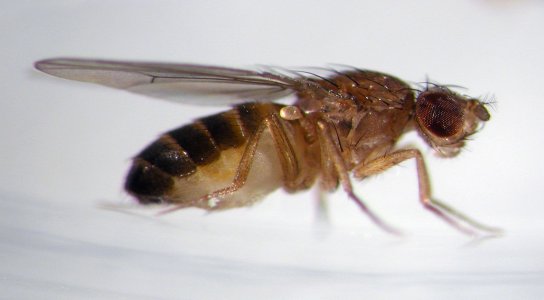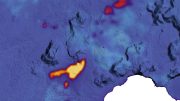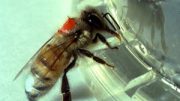
Researchers studied fruit flies and found variations in the TRPA1 gene, crucial for the function of pain-sensing neurons in animals.
Fruit flies. They can be downright annoying in your home, but they aren’t all bad. Here’s one way that they are helping us. A new discovery from researchers at Duke University Medical Center may be able to tell us more about how animals and humans sense potentially dangerous situations. The researchers looked at fruit flies and found naturally occurring variations of a gene named TRPA1 that is important for the function of pain-sensing neurons in animals.
This gene creates an ion channel that floods sensory neurons with calcium ions when the fly is near a heat source. This in turn causes fruit fly larvae to move away from the heat in a rolling motion in an effort to protect themselves. The larvae start their roll at just over 100 degrees Fahrenheit (or 39 degrees Celsius.)
This is big news for medicine; as it may help us better treat injured people with temperature sensitivity in damaged tissues. People with the condition known as allodynia, for instance, perceive even tiny changes in temperature as extremely painful. The study suggests that this could be explained by the human versions of these ion channels being open inappropriately at normal body temperature. If that turns out to be accurate, we are on our way toward helping these people.









Be the first to comment on "Gene Discovery Sheds Light on How Fruit Flies Retreat from Heat"